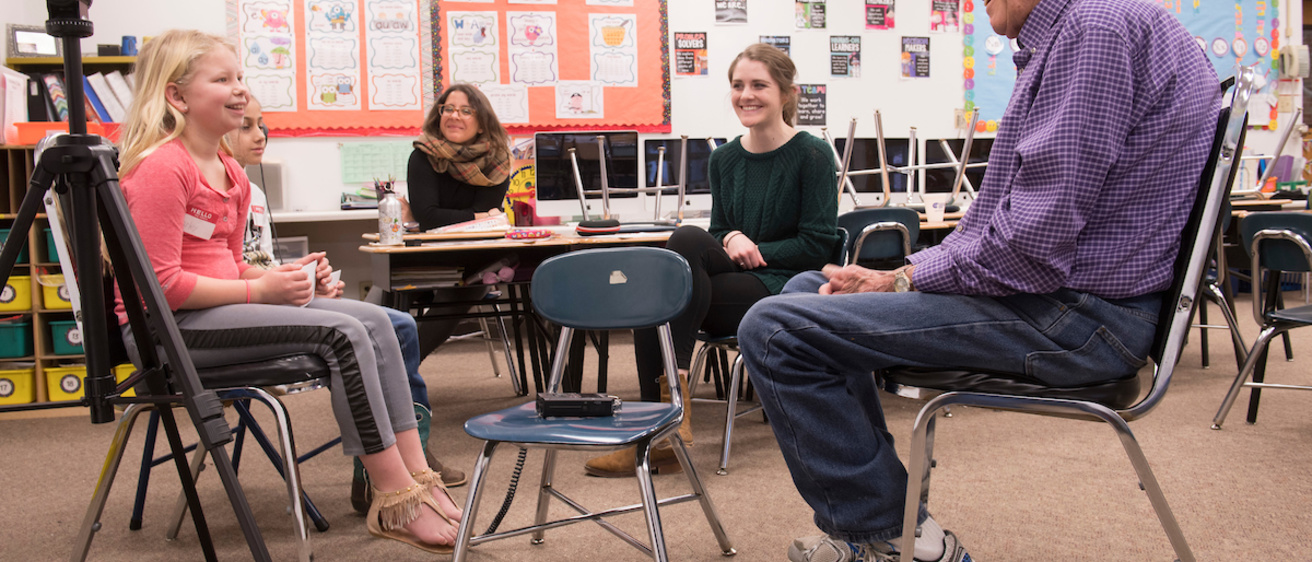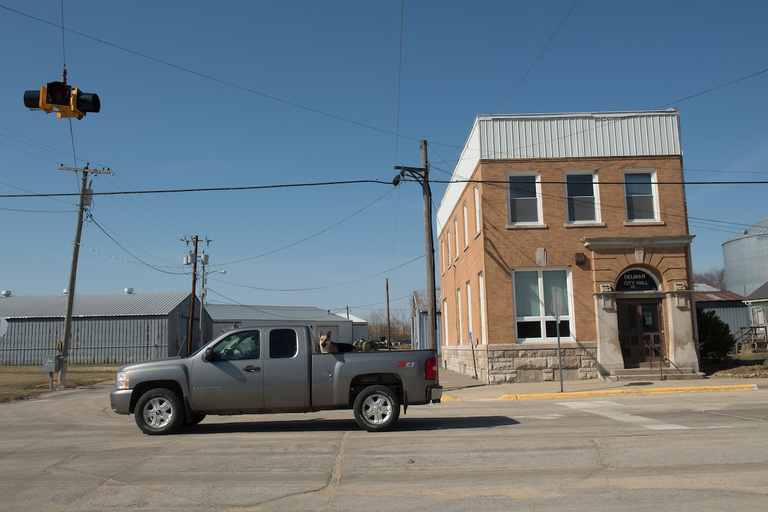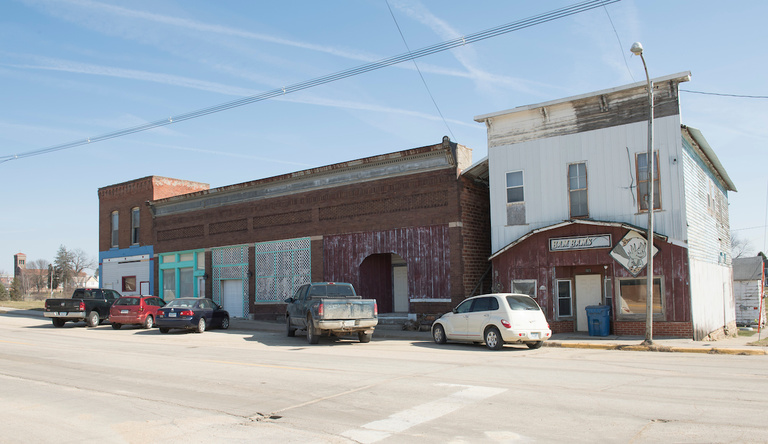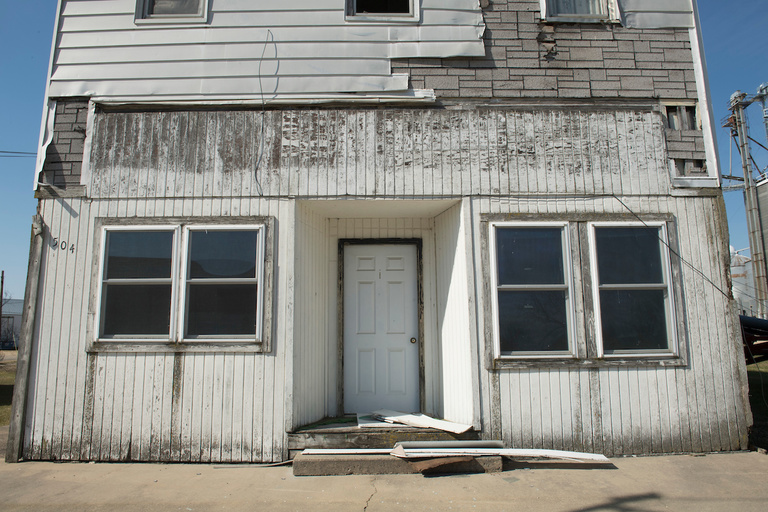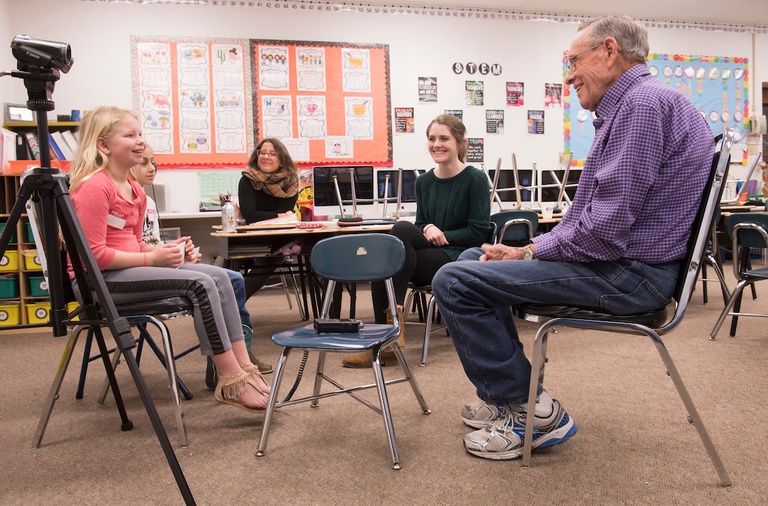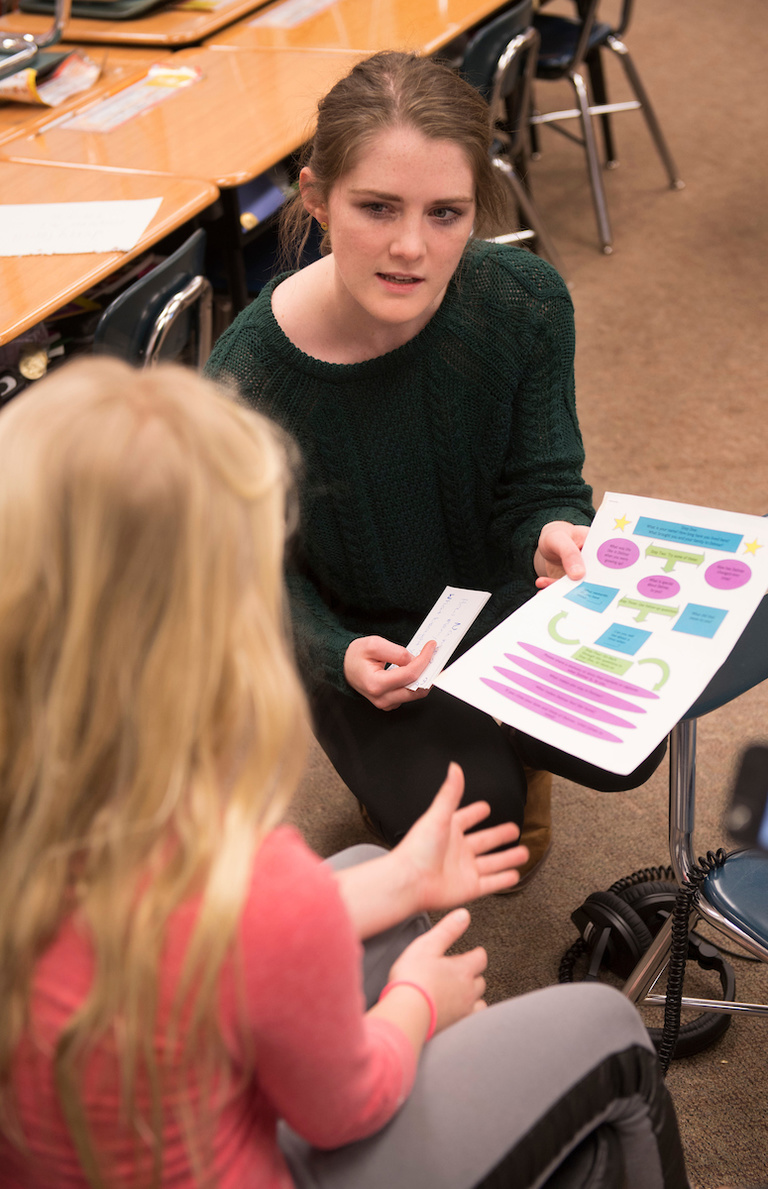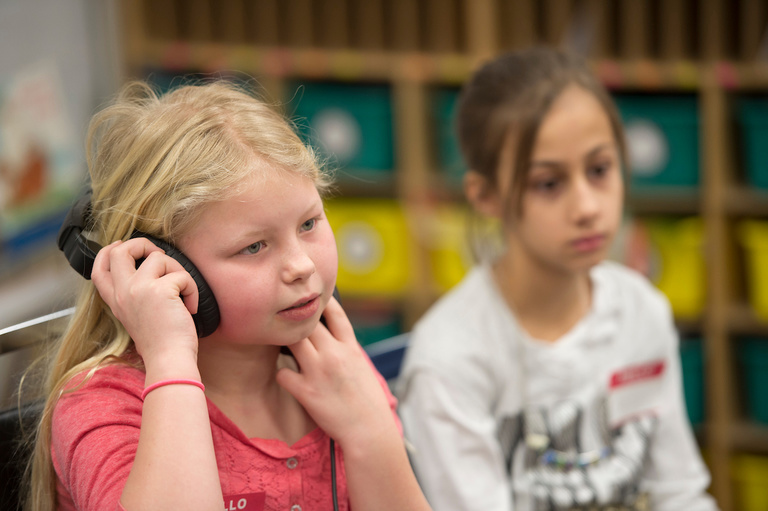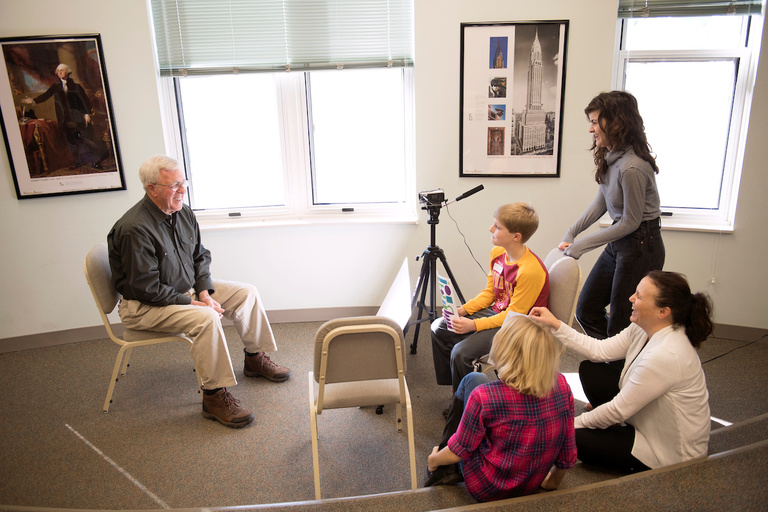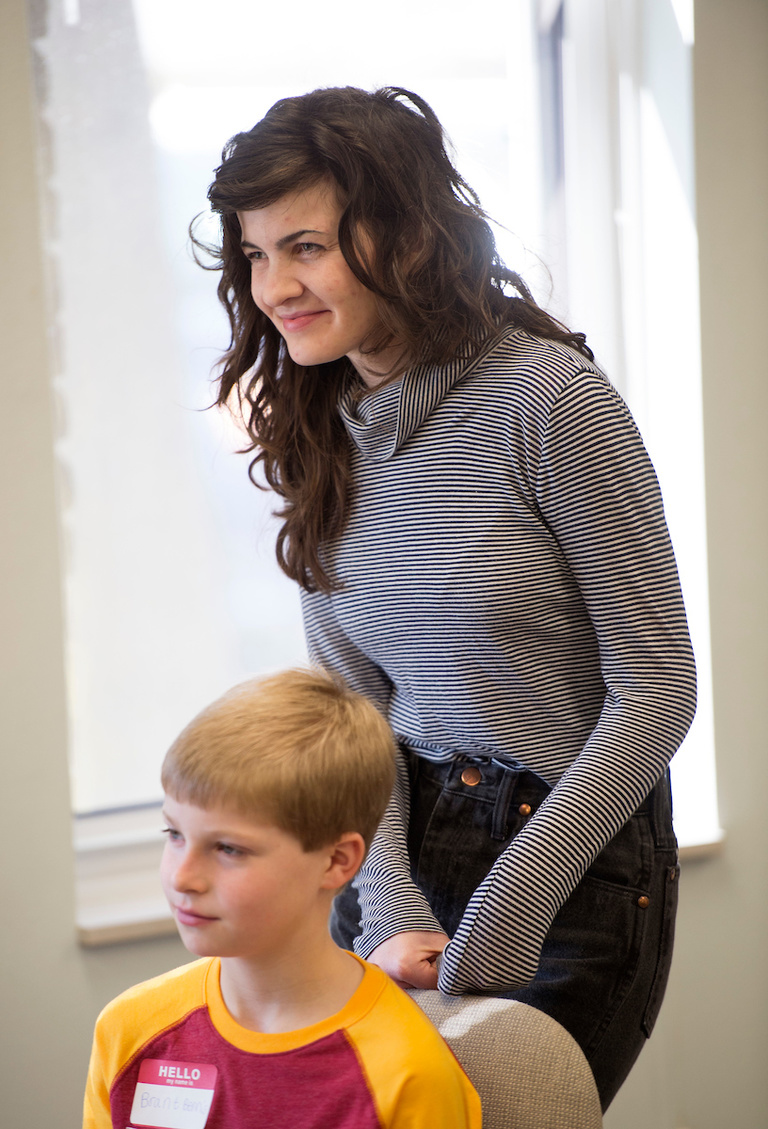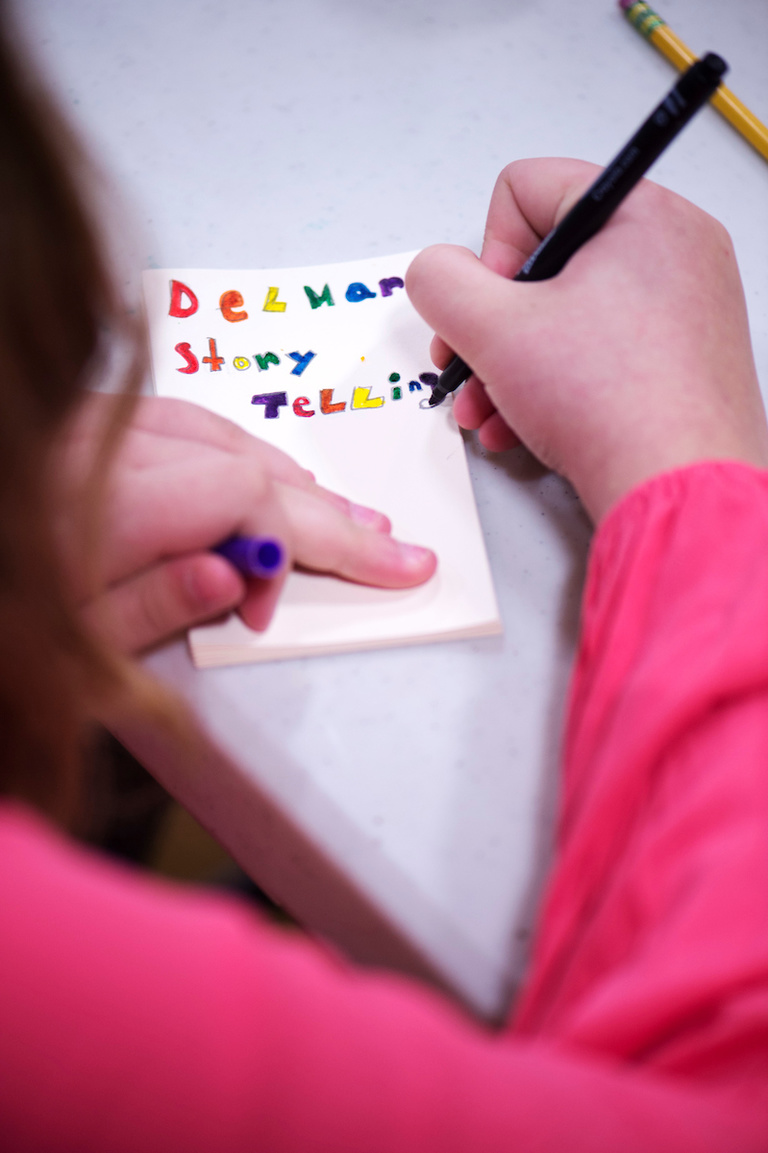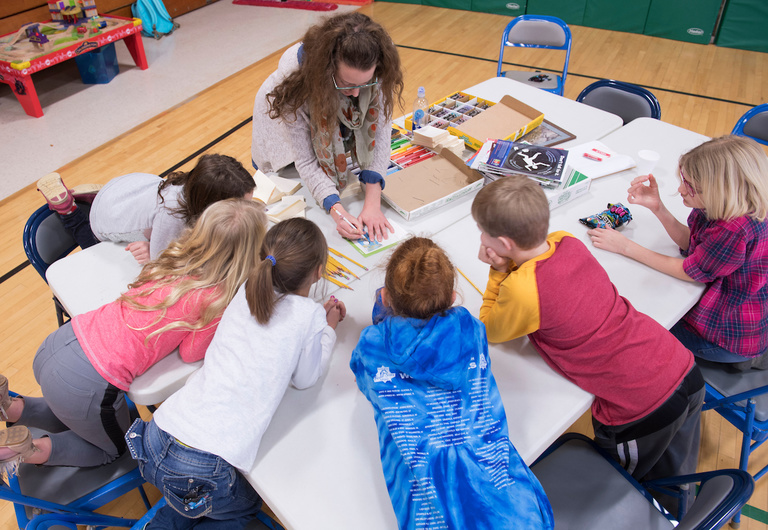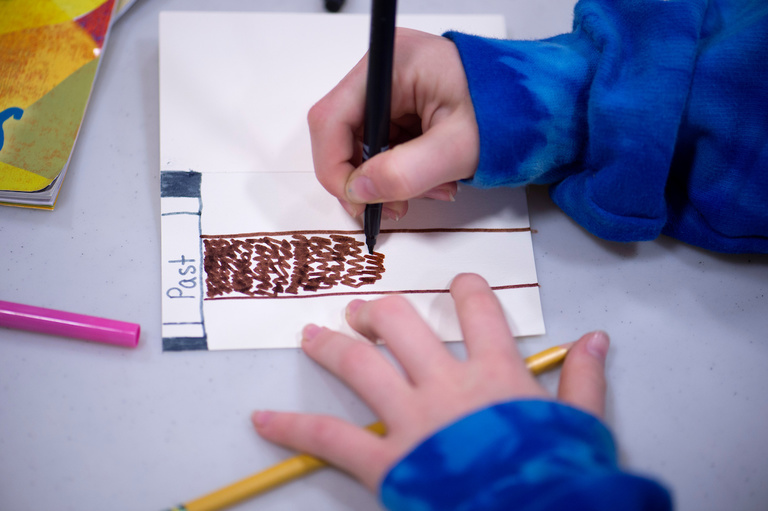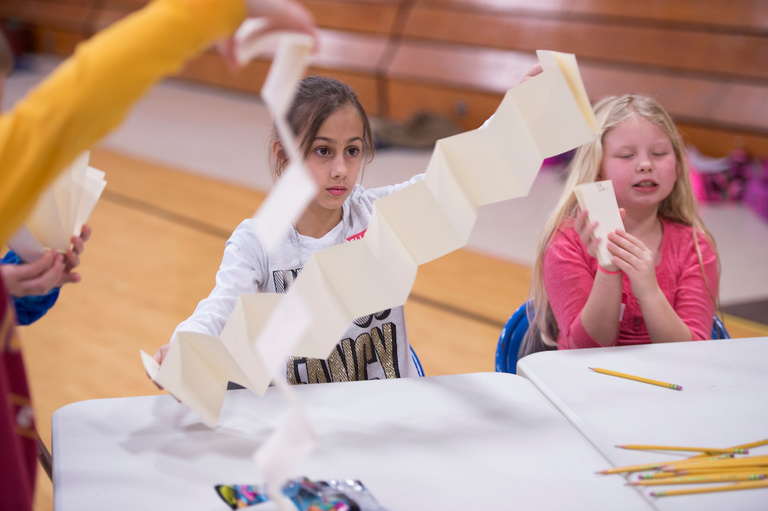Driving down Main Street in Delmar, Iowa, is a lot like the drive through many small rural towns across the state. There a few remaining buildings from a bygone era: the church, the school, the convenience store.
But to understand Delmar—to really get to know what it’s all about—you have to get out of the car. You have to walk around. You have to find the people who call it home and, when you do, they’ll have plenty of stories to tell.
From those stories, Charles Connerly, director of the University of Iowa’s School of Urban and Regional Planning, and his students are mining valuable information to find ways for Delmar to revitalize its downtown.
Though there is an aura of optimism and pride in Delmar, a city of about 525 people in eastern Iowa, the downtown could use a facelift.
“We just want to better Delmar,” says Patty Hardin, the town’s mayor. “We know it’s not going to be downtown like it was 50 or 60 years ago, but we want to make it better and maybe keep some of our younger people in town.”
Now they have some help from Connerly, the Iowa Initiative for Sustainable Communities (IISC), and eight graduate students in Connerly’s Community Development in the Upper Midwest course. The group is exploring how to breathe new life into Delmar by taking a humanities-based approach to community development.
Their efforts were inspired by an initiative called Community Heart & Soul, which was developed by the Orton Family Foundation as a way to reconnect people with their hometowns by finding out what they loved most about them. Those emotional ties, in theory, can help provide a blueprint for future community decisions and initiatives.
The IISC, which operates out of the UI Office of Outreach and Engagement, already established a partnership with the East Central Intergovernmental Association, a council of governments for the eastern Iowa region of Cedar, Clinton, Delaware, Dubuque, and Jackson counties. Through that partnership, the opportunity to work with Delmar arose and provided both IISC and Connerly’s class a chance to work with a community looking for some guidance.
“We just had started the Delmar Development Group a few months before this came up, and we were treading water,” Hardin says. “We didn’t know what direction we wanted to go. So hopefully this will give us some insight and some direction.”
Though gaining the insight of longtime Delmar residents was critical, another idea of how to engage the community arose. Instead of having the UI students interview the residents to create an oral history of the town, they enlisted the help of fourth-, fifth- and sixth-graders in Delmar’s exceptional K–6 school, Delwood Elementary. By asking questions about the way things were, the elementary school students had an opportunity to learn about a community that looked quite a bit different from the one they live in now.
“My idea was that in urban planning, typically—at least how it is taught here—the research foundation is social science with surveys, focus groups, and things like that,” Connerly says. “I really wanted to have the class bring in the humanities and the arts. I wanted our graduate students to be able to experience that, and I wanted to give them a chance to work with kids. So much with planning, there is a lot of citizen participation, but they’re typically 18 and older, not younger.”
Connerly’s students immediately began to see the value of including the children.
“The kids are central to the project,” says Maggie Richardson, a first-year graduate student in urban and regional planning from Palos Heights, Illinois. “They’re so smart, and they all have a lot of ideas for what Delmar could be. A lot of times kids don’t get the opportunity to take part in this. Their opinions should be considered more.”
Connerly’s students filmed the interviews and created short documentaries based on the conversations between the students and the older residents of Delmar, who are referred to as “storytellers.” In addition, the graduate students, especially Jazmine Dirks—an art education graduate student who signed up for the class—helped the children create accordion books filled with pictures and artwork showing their perspectives of Delmar.
With strong support from Travis Kraus, assistant director of IISC, other entities from the UI helped collaborate. Matt Gilchrist, a lecturer in rhetoric and the director of Iowa Digital and Engaged Learning (IDEAL), provided equipment and advice, and graduate student Brittany Borghi helped document the conversations between the students and storytellers. The group also worked with Tim Barrett and the Iowa Center for the Book to help produce the accordion books, and the art education program provided a traveling kit of crayons, colored pencils, and markers that the elementary students used to decorate them. Tom Keegan, head of UI Libraries’ Digital Scholarship and Publishing Studio, also provided assistance.
For this to really work, however, Connerly’s class needed an engaged and receptive community. Connerly says he found Delmar to be exceptional in this regard. They found strong supporters of their work, including Delwood superintendent Todd Hawley, who took on a leading role in helping coordinate activities at the school.
“I’ve worked in a large number of communities over the years,” Connerly says. “I’ve never had a reception like this. We were just blown away by the enthusiasm and interest.”
In addition to numerous elementary students who volunteered to participate, about 19 interviews were scheduled with residents of Delmar, many of whom have lived in the community for decades.
Sixth-grader Aiden Claus was among the many students who actively participated in the project.
“I knew a little bit about how Delmar used to be, what some of the buildings were,” Claus says after interviewing 88-year-old Corinne Miller. “I learned a lot more than I knew about what happened to Delmar and how it developed over the years. That was really interesting.”
Storytellers such as Miller shared tales of working on the family farm, the local dance hall that used to bring in bands from all over Iowa, and what the town was like when the railway was active. She also spoke of the different things she’d like to see in Delmar. The most common request among storytellers was bringing back a sit-down restaurant or café.
But there was another message the storytellers often shared with the youngsters in front of them.
“I think there is this hopefulness,” says Dirks, a Carroll, Iowa, native. “The storytellers looked at our Delwood students and were kind of like reaching out them and calling out to them that they are the future of this town.”
The youngsters definitely seemed to take those messages to heart.
“It’s exciting that thinking about the past in a different way kind of gave the (Delwood) students a different perspective on their community and hopefully gave them some ideas that they’d want to see in the future,” Richardson says.
That tone of hopefulness shines through in many of the mini-documentaries, which were shown April 22 at an open house at Delwood Elementary. The UI students worked in pairs to complete the documentaries, which include many highlights from the engaging storytelling. The Delwood students’ accordion books also were on display during the event.
The experience has helped Connerly’s students realize there are many different approaches to community development.
“Within planning, we often think of economic development,” says Todd Bagby, a second-year graduate student in urban and regional planning from Independence, Iowa. “The more economically objective, scientific things you think about doing, you can’t necessarily do in a smaller community. So, there’s a little more creativity involved in community development.
“This shows the merits of getting folks together, talking about what makes a community special and important, and what they would like to see in the community.”
The outcome of this class and project will be a short paper Connerly will compose to articulate a set of goals, needs, and challenges that the community faces. It will be up to Delmar to decide what to do with this information as residents continue plotting a course for the future.
Plans already are in the works to bring a new restaurant to the downtown area, which could have a significant impact on the community in a variety of ways. More than anything, it will be another place for people to gather and share the stories that help foster an unyielding pride in the place they call home.
